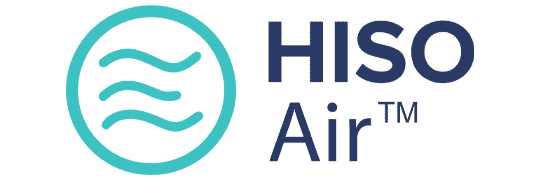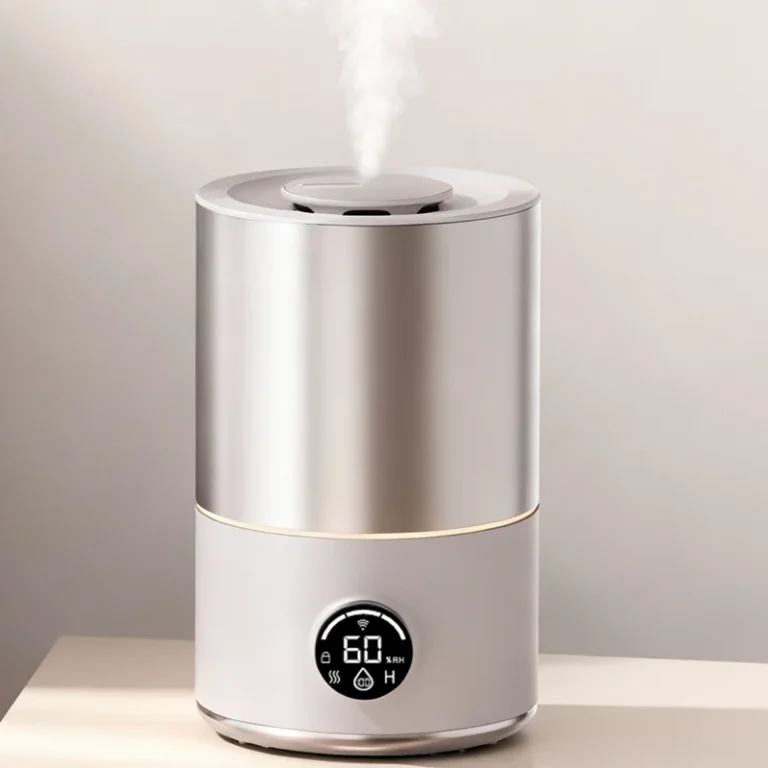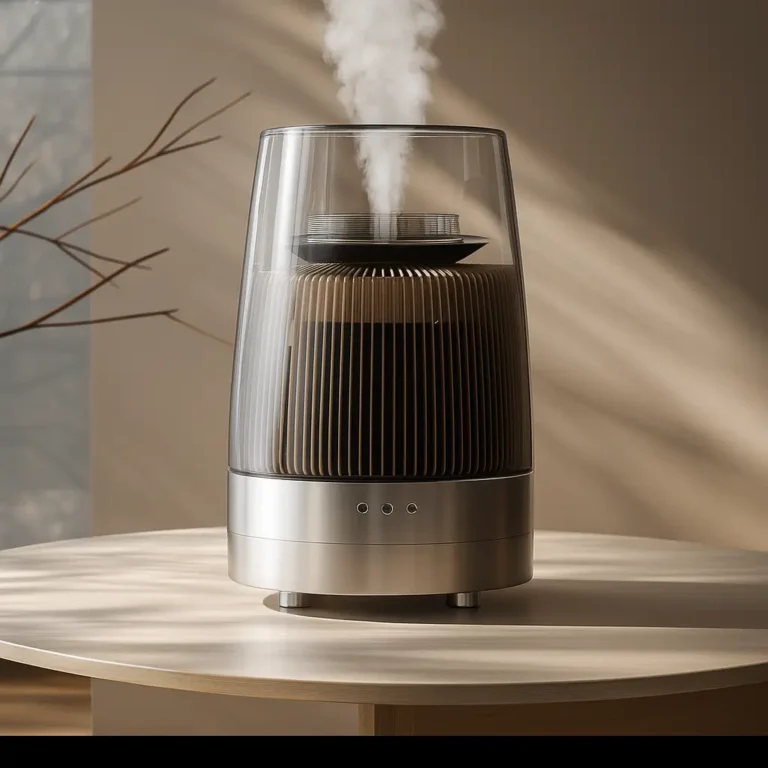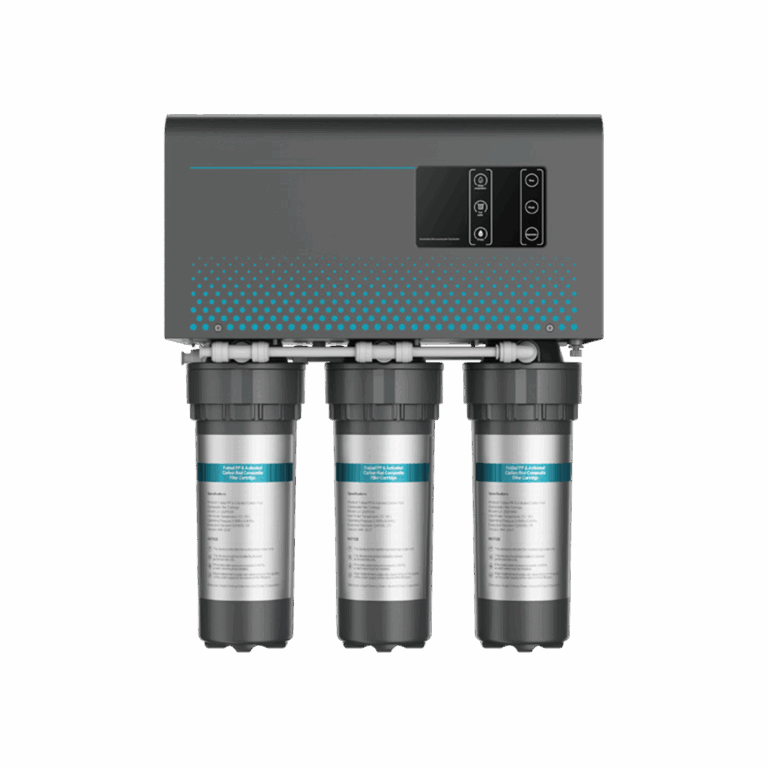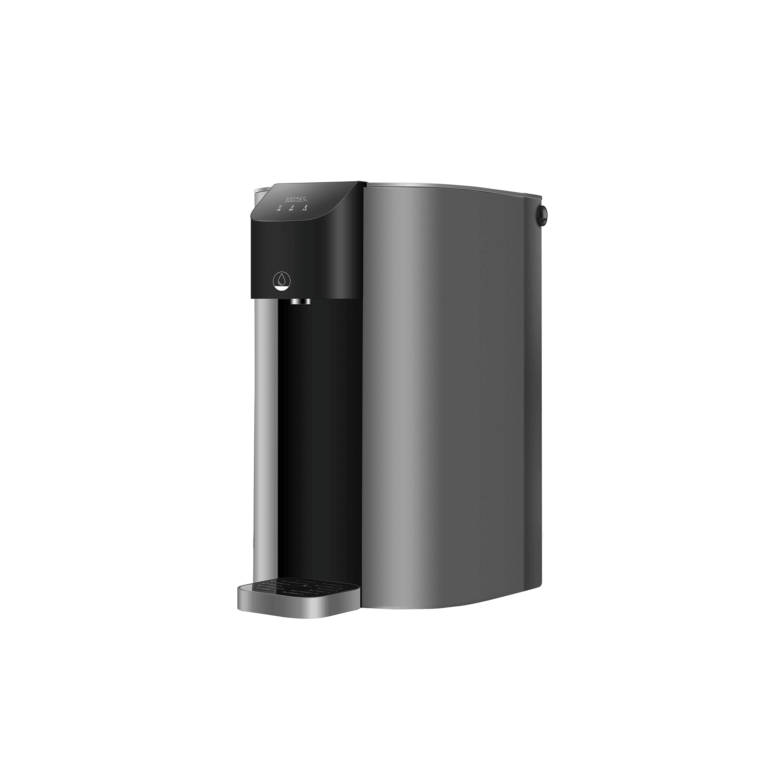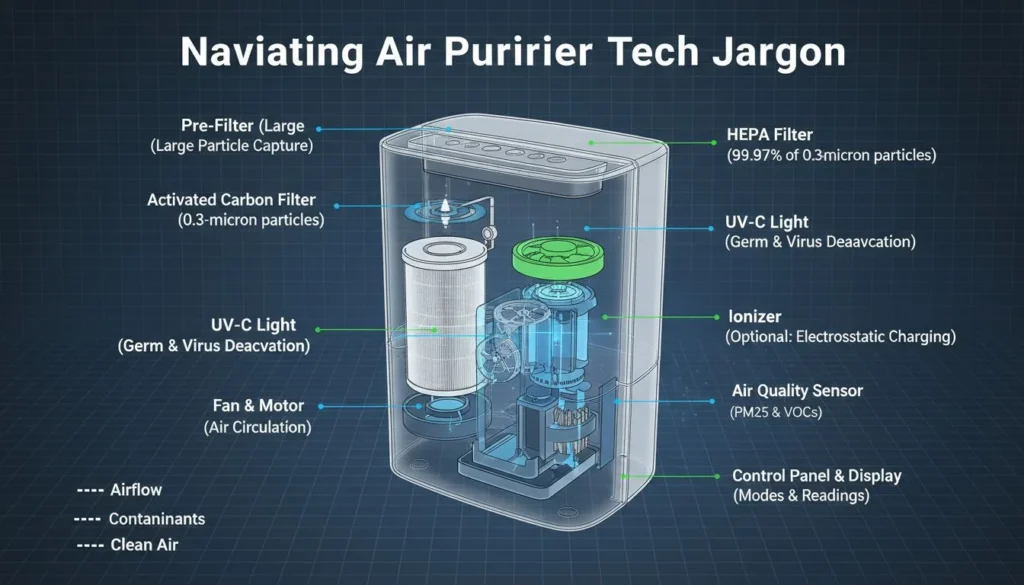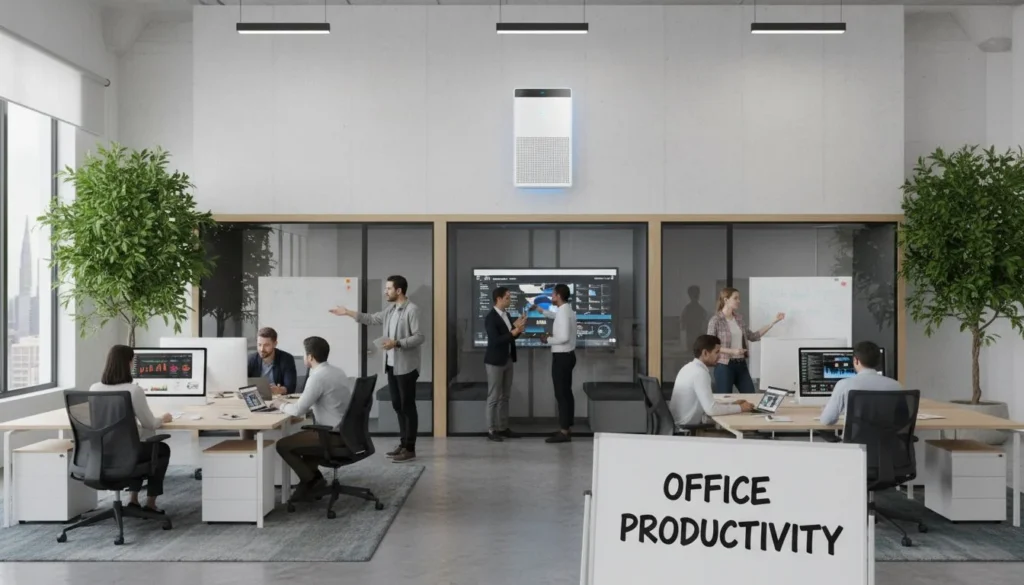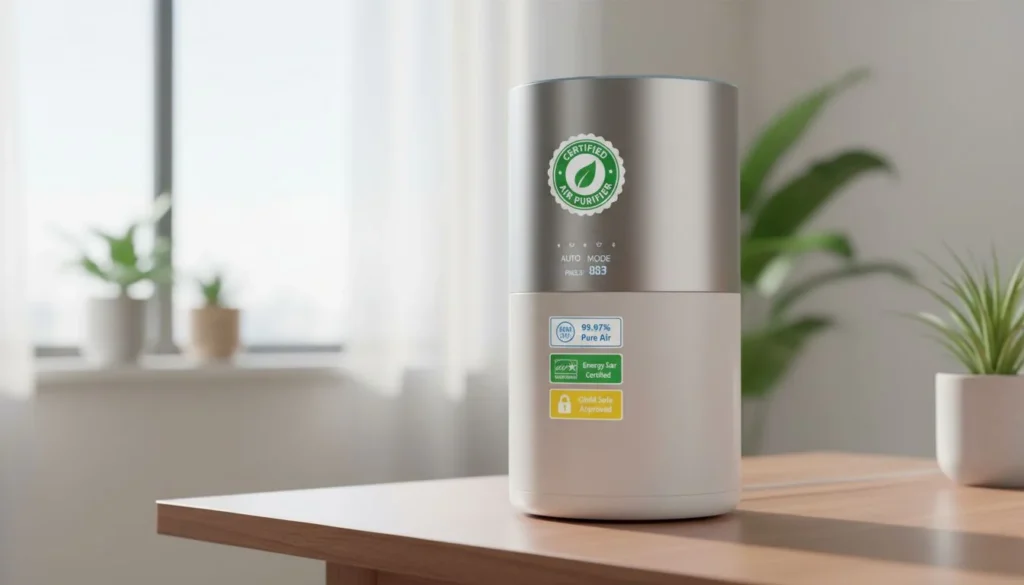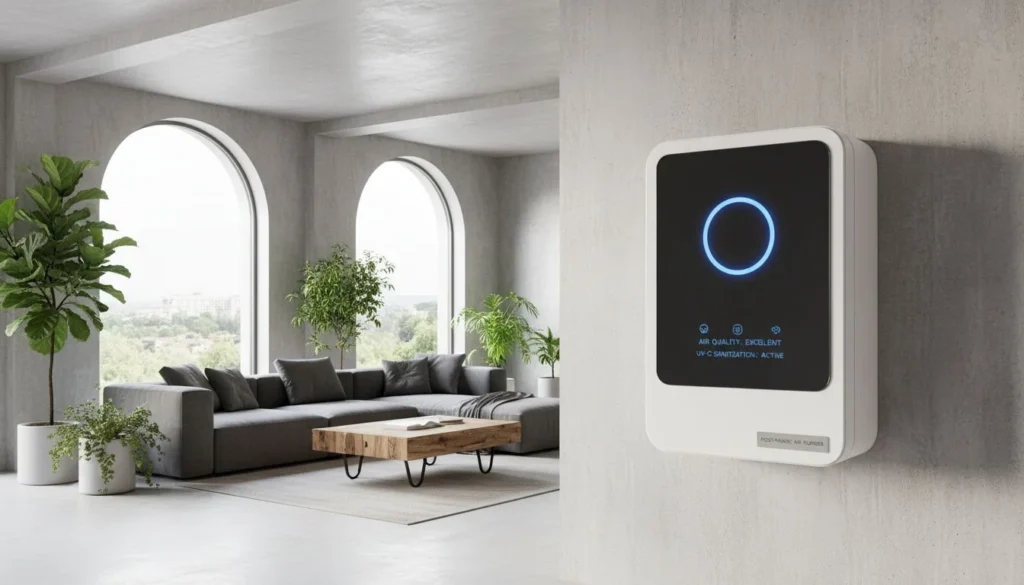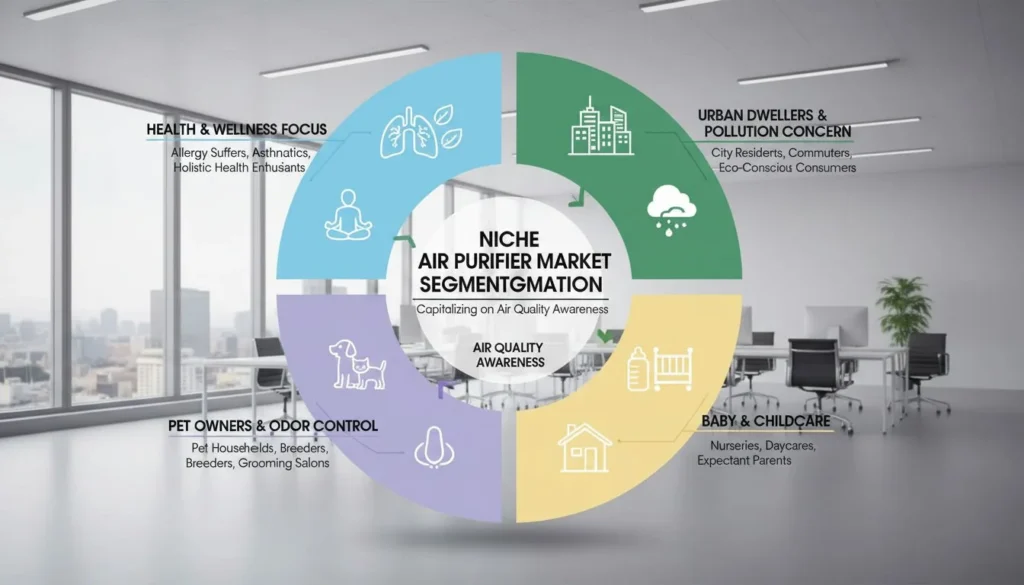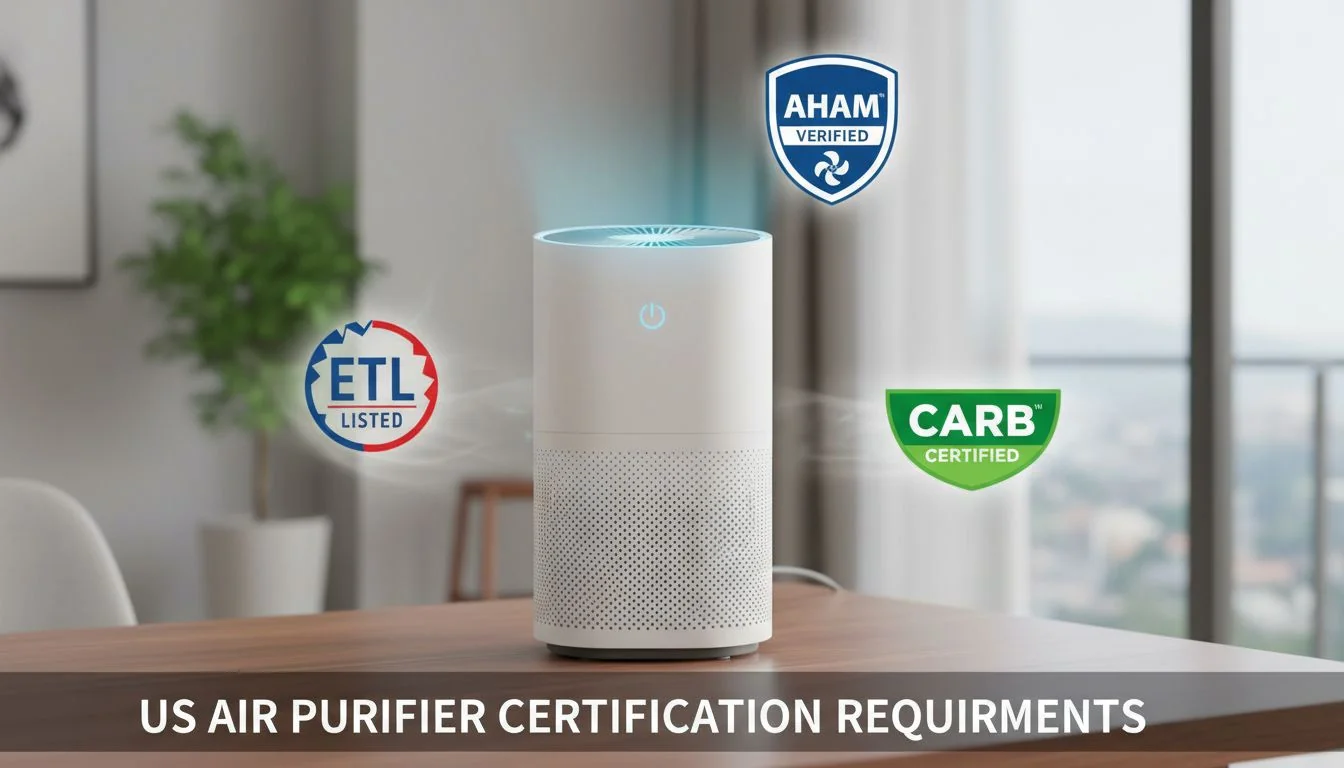
Launching an air purifier in the US seems straightforward. But without the right certifications, your inventory could be blocked, costing you thousands. I'll show you the exact path to compliance.
To sell an air purifier in the US, you absolutely need ETL1 or UL for electrical safety and CARB for ozone emissions. EPA registration is required for UV-C models, and the AHAM Verifide mark is highly recommended for proving performance claims to consumers.
All air purifiers sold in the US must be UL certified by law.خطأ
While retailers and safety standards require certification from a Nationally Recognized Testing Laboratory (NRTL), UL is just one option. ETL is an equally valid and accepted alternative.
Amazon's compliance policy for air purifiers requires proof of CARB certification for all US sales, not just in California.صحيح
Amazon has adopted California's strict CARB standard nationwide, effectively making it a mandatory requirement for selling on their platform in the United States.
Navigating the maze of US regulations can feel overwhelming. I've seen many product designers like you, Jacky, create a fantastic product only to hit a wall of compliance paperwork2. They spend months and a small fortune on tooling and production, then find out their product can't even be listed on Amazon. It's a painful and expensive lesson. But it doesn't have to be your story. In this guide, I'll break down each essential certification. More importantly, I'll share the insider strategy that lets you bypass the biggest hurdles, saving you time, money, and a massive headache. Let's get your product to market the right way.
Why is US Compliance Non-Negotiable for Your Air Purifier?
You have a great product design ready for production. But without the right paperwork, it's essentially worthless in the US market. Let's explore why compliance is your absolute ticket to entry.
US compliance is non-negotiable because major retailers like Amazon and government agencies will block or penalize non-compliant products. It ensures your product is safe, legal, and can actually be sold, protecting your investment and brand reputation from the very beginning.
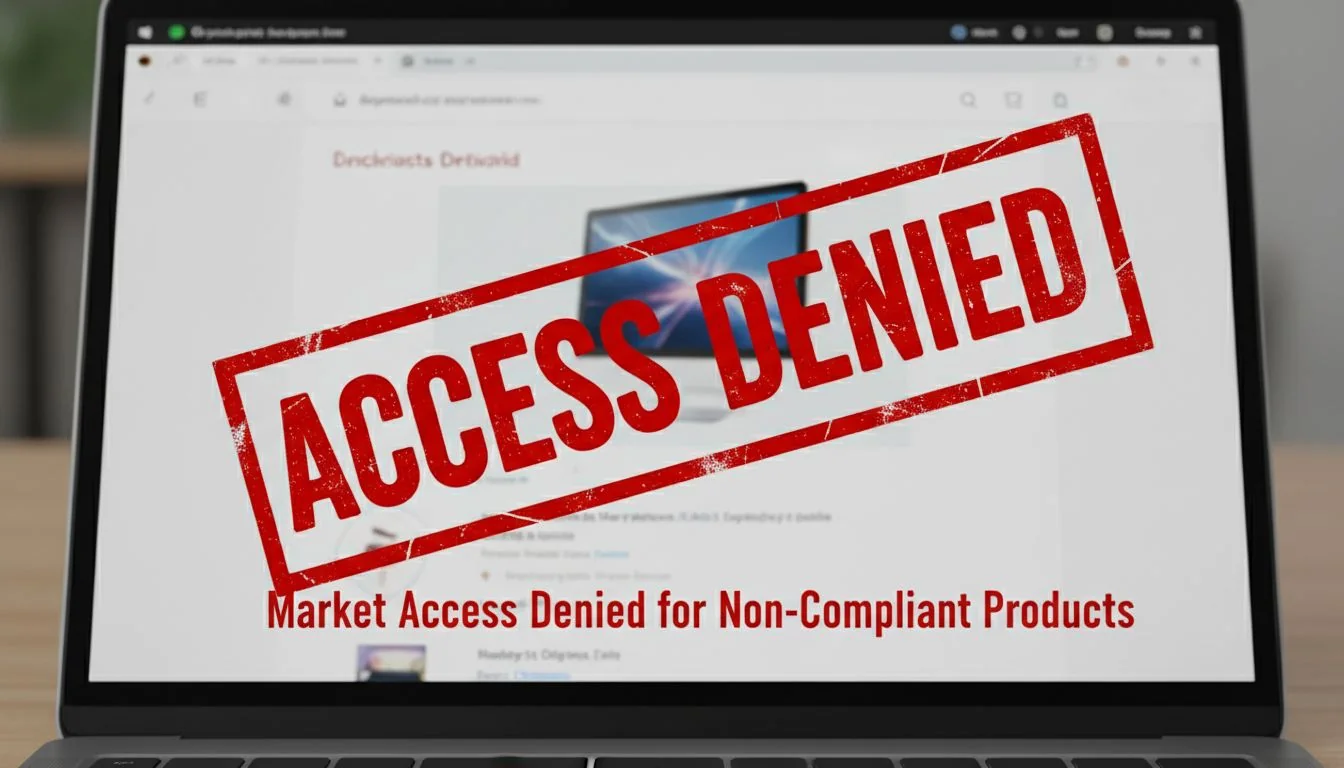
I remember a client who came to me after a disaster. He had invested over $50,000 in molds and a first production run for a new air purifier. He was excited to launch on Amazon, but his listing was immediately blocked. The reason? He didn't have CARB3 certification. His entire inventory was stuck, and his investment was frozen. This is a story I've seen too many times.
The Gates of the Market
Think of compliance certifications as the keys to different gates. Without them, the gates to the US market remain locked.
- Retailer Gates: Major retailers, especially Amazon, have their own strict compliance departments. They will not allow a product on their platform that could expose them to liability. They actively scan for and block listings that lack the required certifications.
- Legal & Safety Gates: Government bodies and safety standards4 exist to protect consumers. Selling a non-compliant product can lead to forced recalls, hefty fines, and even lawsuits if the product causes harm.
- Consumer Trust Gates: Modern consumers are savvy. They look for certification marks as proof of quality and safety. Lacking these marks makes it incredibly difficult to compete against established brands that display them proudly.
Compliance isn't just a bureaucratic hoop to jump through; it's the foundation of a successful product launch. It proves your product is safe, effective, and ready for business.
US Customs and Border Protection (CBP) does not check for consumer product certifications like ETL or CARB at the border.خطأ
CBP works with various agencies, including the CPSC and EPA, and can detain, seize, or refuse admission of goods that do not meet US safety standards and certification requirements.
Failing to meet compliance standards can result in your product being delisted from major online marketplaces.صحيح
Retailers like Amazon and Walmart have automated systems and manual reviews to ensure products meet all required certifications, and they will quickly remove non-compliant listings to avoid liability.
What is the Difference Between ETL and UL for Electrical Safety?
Your air purifier plugs into a wall outlet. But a faulty electrical design could cause a fire, leading to catastrophic lawsuits. ETL or UL certification5 proves your product is electrically safe.
Both ETL and UL are Nationally Recognized Testing Laboratories (NRTLs) that test products to the same safety standards. UL often writes the standards, but ETL is certified to test to them. For market access6, they are functionally equivalent, with ETL often being faster and more cost-effective.
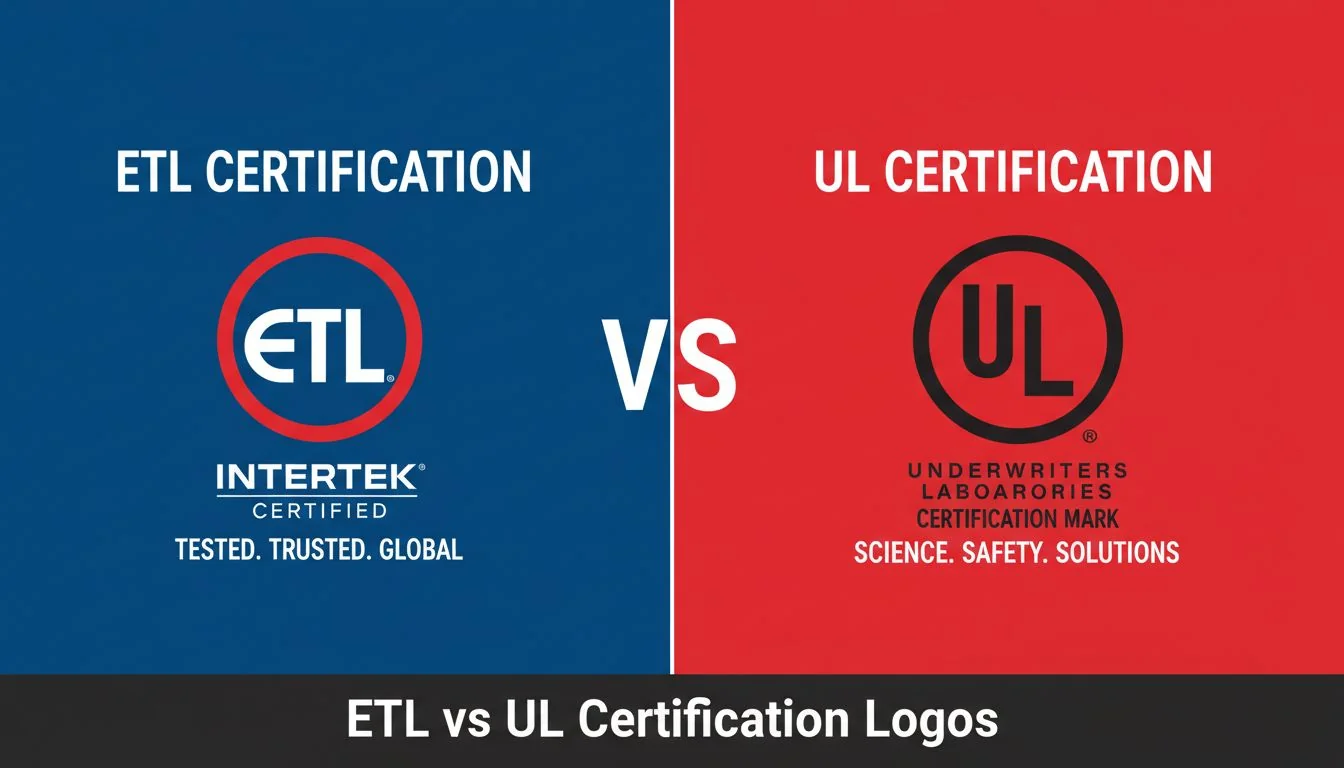
When I work with clients on new product development, the ETL vs. UL question always comes up. Many people have heard of UL, but fewer are familiar with ETL. The truth is, for a product designer or brand owner, the choice is mostly a business decision, not a safety one. Both marks confirm your product meets the required safety standards set by organizations like OSHA.
Choosing Your Testing Partner
The key difference lies in the service, speed, and cost of the labs themselves. Here’s a simple breakdown I share with my clients:
| الميزة | UL (Underwriters Laboratories) | ETL (Intertek) |
|---|---|---|
| Market Recognition | Very high consumer recognition. | Fully recognized by all retailers and authorities. |
| المعايير | Writes many of the key safety standards. | Tests products to UL and other standards. |
| Project Cost | Generally higher fees. | Often more cost-competitive. |
| Turnaround Time | Can be a longer, more bureaucratic process. | Typically known for being faster and more flexible. |
For most of my projects, I recommend ETL. Why? Because it delivers the exact same level of certified safety and market access as UL, but often gets you there weeks or even months faster and at a lower cost. That speed-to-market is a critical advantage.
Products with an ETL mark are less safe than products with a UL mark.خطأ
Both ETL and UL are NRTLs recognized by OSHA to test products to the identical safety standards. The marks indicate equivalent levels of safety and compliance.
The ETL Listed Mark is proof of product compliance to North American safety standards.صحيح
The ETL mark certifies that a product has been tested by Intertek and found to be in compliance with accepted national safety standards, such as those from UL and CSA.
Why is CARB the Most Important Certification for Your Air Purifier?
You want to sell your air purifier nationwide in the US. But a single state's rule, enforced by Amazon, can block you everywhere. CARB certification is your master key to the entire market.
CARB (California Air Resources Board) certification is crucial because it limits ozone emissions, a strict requirement in California. Amazon now enforces this rule nationwide, blocking any non-CARB certified air purifier. This makes it the de facto national standard for online market access.
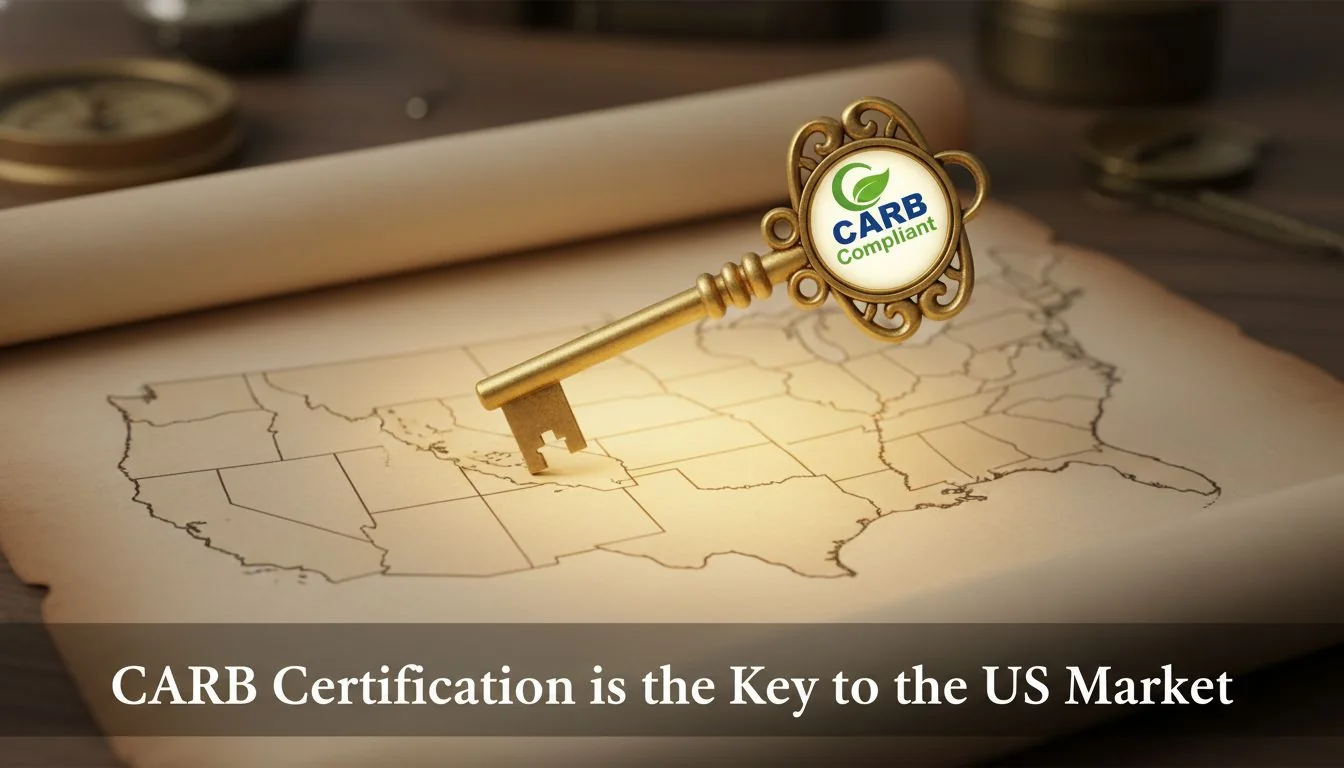
Let me be very direct: CARB compliance is your #1 selling point. This is the insight that can make or break your business. Many factories can get you an ETL certificate; it's a standard part of doing business. But very, very few have gone through the hassle and expense of getting CARB certified. It's a long and costly process that involves rigorous testing to ensure the device doesn't produce harmful levels of ozone.
The Amazon Gatekeeper
A few years ago, CARB was only a concern if you were shipping directly to California. Not anymore. Amazon decided to simplify its own compliance and now requires CARB for all air purifiers sold on its platform, regardless of the state.
This single decision changed the entire industry. It turned a state-level regulation into a national mandate for anyone who wants to succeed in e-commerce.
This is where I focus my efforts. I've spent years vetting suppliers and investing with partners who have already secured CARB certification. When you work with me, you're not just getting a product; you're getting the key to the US market. The hard work is already done. The gate is already unlocked. Your product is ready for your brand today.
CARB certification is only required for selling products in California.خطأ
While CARB is a California state regulation, major national retailers like Amazon have made it a mandatory requirement for selling air purifiers on their platforms across the entire US.
Air purifiers that produce ozone as a byproduct of their function are subject to CARB regulation.صحيح
CARB's regulation for air cleaners limits the amount of ozone a device can emit to ensure it does not contribute to indoor air pollution, making it a critical certification for many types of purifiers.
Does Adding a UV-C Light Mean You Need EPA Registration?
You want to add a UV-C light to your air purifier for a better marketing story. But this seemingly simple feature addition can trigger complex and strict EPA regulations. You must understand the "pesticidal device7" trap.
Yes. Adding a UV-C light, which makes claims about killing germs, viruses, or bacteria, reclassifies your air purifier as a "pesticidal device" under EPA rules. This requires an EPA Establishment Number for the factory and strict adherence to marketing language.
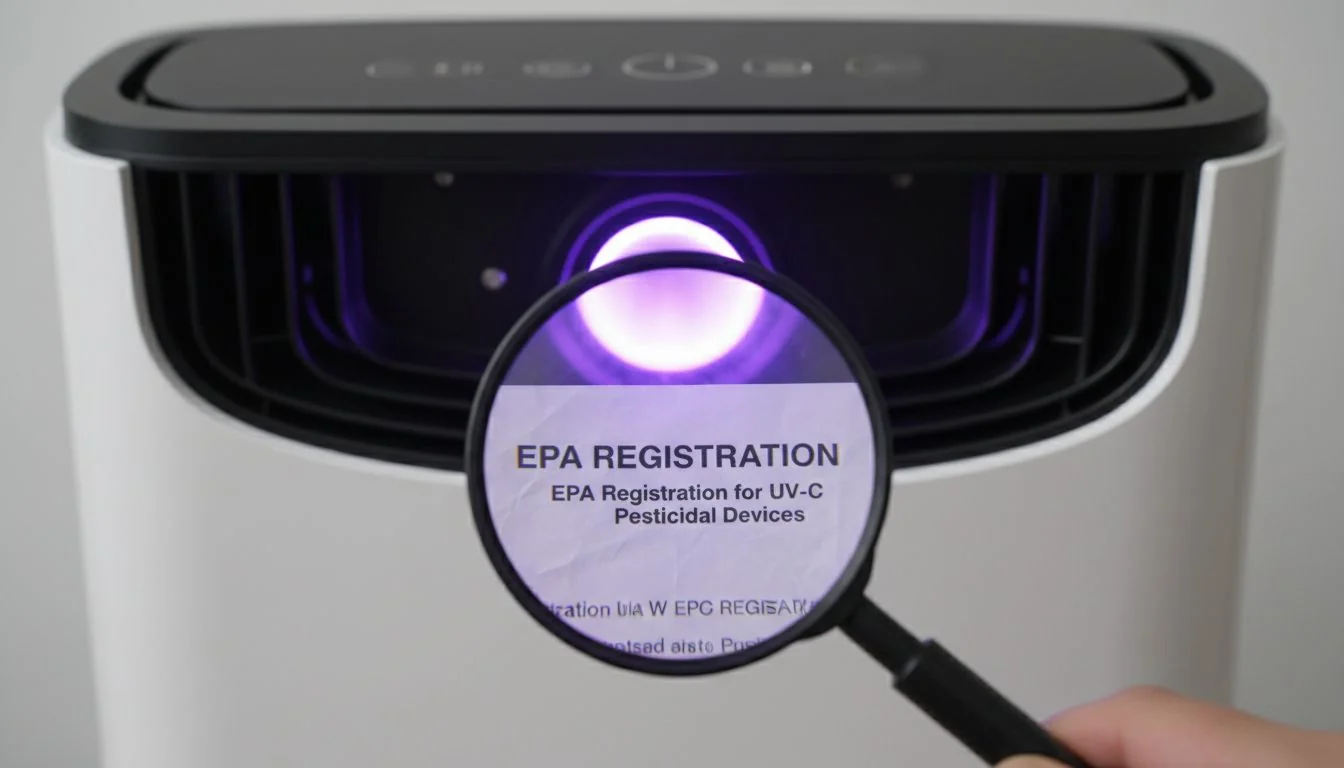
This is a classic trap I help my clients avoid. The marketing team loves the idea of "germ-killing UV light," but they don't realize it moves the product into a completely different regulatory category. It's one of the most common and costly mistakes I see.
The "Pesticidal Device" Pathway
When a client asks, "Can you add a UV light?" my answer is always, "Yes, we can, but you need to know exactly what that means." Here's the breakdown I give them:
- New Classification: Your product is no longer just an "air purifier." It is now an EPA-regulated "pesticidal device" because it uses a physical method (UV-C light) to destroy pests (like bacteria and viruses).
- Factory Registration: The factory that manufactures the device must have an EPA Establishment Number. This number must be displayed on the final product packaging. Without it, the product is illegal to sell.
- Strict Marketing Rules: This is the most critical part. You cannot make any public health claims. For example, you can't say your device "prevents the flu" or "protects against COVID-19." Those are health claims that require a much higher level of EPA registration8 with extensive scientific data, which is nearly impossible for most consumer products. You are limited to very specific, non-health-related claims about what the device does.
My role here is to be more than a manufacturer; it's to be an expert advisor. I guide you through this process to ensure your marketing claims are compliant and you don't face fines or a forced recall from the EPA.
Any air purifier with a UV-C light can be marketed as killing 99.9% of viruses.خطأ
Making specific public health claims like this requires rigorous EPA registration and data, which is far beyond the scope of a standard 'pesticidal device' registration. Such claims are highly regulated and often illegal without proper evidence.
The EPA requires the Establishment Number of the final production facility to be on the pesticidal device's label.صحيح
According to EPA regulations under FIFRA (Federal Insecticide, Fungicide, and Rodenticide Act), the label of a pesticidal device must bear the EPA Establishment Number of the facility where it was produced.
Is the AHAM Verifide Mark Worth the Investment?
You claim your air purifier cleans a 300-square-foot room. But in a market full of exaggerated claims, how do customers know you're telling the truth? The AHAM Verifide9 mark proves it for you.
While not legally required for market access, the AHAM Verifide mark is highly recommended for market success. It is a respected, third-party verification of your performance claims (like CADR). This builds immense consumer trust and helps you compete with established brands.
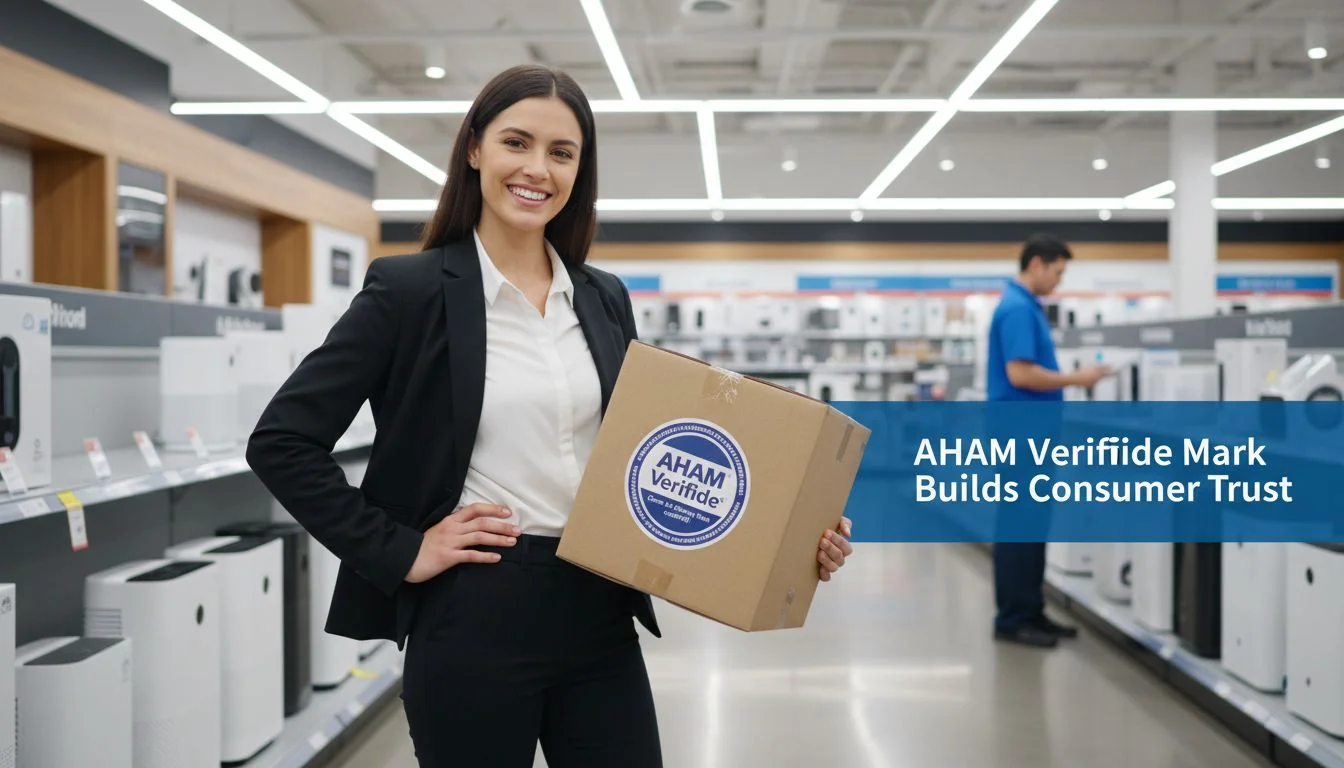
This is where I help my clients think strategically about their budget and brand positioning. We've covered the "must-have" certifications. Now let's talk about the "should-have."
Required vs. Recommended
It's crucial to understand the difference in purpose between these certifications.
| Certification Type | الشهادات | الغرض |
|---|---|---|
| Required for Access | ETL / UL, CARB | Gets your product in the door. You cannot legally sell or list your product on major platforms without these. They are non-negotiable. |
| Recommended for Success | AHAM Verifide | Helps you win the customer's wallet. It proves your performance claims are real, justifying your price and building brand credibility. |
The Association of Home Appliance Manufacturers (AHAM) runs a voluntary program to test and verify the performance of air purifiers. They independently measure the CADR (معدل توصيل الهواء النظيف10) for smoke, dust, and pollen. The AHAM Verifide mark on your box tells a customer that if you say your product cleans a certain room size, an independent lab has confirmed it. In a sea of cheap competitors making wild claims, this mark makes you stand out as a trustworthy, premium choice. It's an investment in your brand's reputation.
The AHAM Verifide program is a mandatory government requirement for all air purifiers.خطأ
The AHAM Verifide program is a voluntary, third-party certification run by the Association of Home Appliance Manufacturers to verify performance claims. It is not a legal or government requirement.
CADR stands for Clean Air Delivery Rate and is the industry standard for measuring an air purifier's effectiveness.صحيح
CADR measures the volume of filtered air delivered by an air purifier, providing a clear metric for consumers to compare the performance of different units for specific pollutants like smoke, dust, and pollen.
How Can You Launch a US-Compliant Air Purifier in Record Time?
Getting all these certifications one by one takes a huge amount of time and money. You could spend over nine months and $30,000 before you even sell a single unit.
The easiest and fastest solution is to partner with a supplier who offers a "US Launch-Ready Package." This gives you a pre-certified product (ETL + CARB) that you can private label. You save over $30,000 and 9+ months, removing risk and launching immediately.
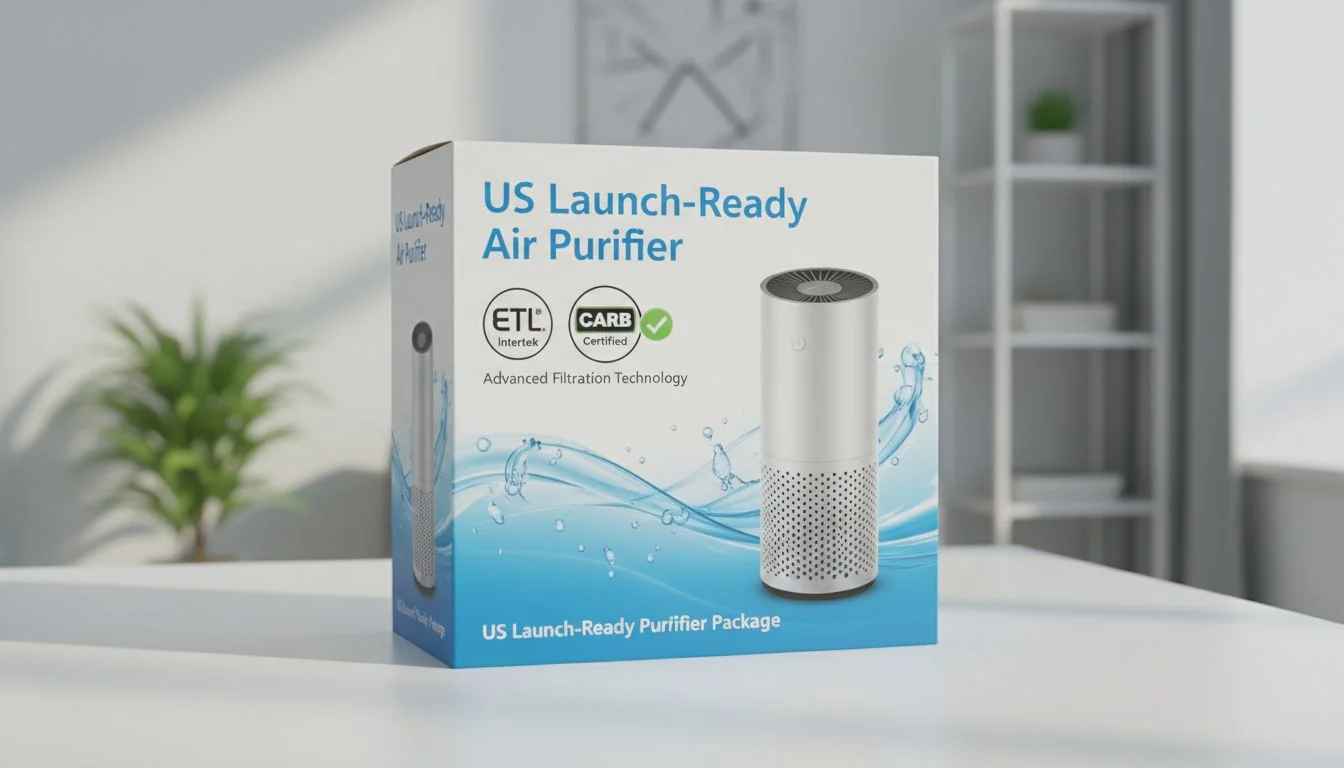
After years in this industry, I realized that selling a product isn't enough. I need to sell a complete solution. Designers and brand owners like you don't want to become certification experts; you want to build a brand and get to market. That's why I shifted my focus to providing a "business in a box."
Your Speed-to-Market Package
Instead of selling you individual certifications, I sell a bundle. Think of it as a "US Launch-Ready Package" that includes everything you need.
- The Product: A high-quality, fully developed air purifier with all tooling and molding complete.
- The Certifications: ETL for safety and CARB for market access are already secured and included.
- The Savings: This is the most important part.
- Time Saved: You skip the entire 9-12 month process of R&D, prototyping, testing, and certification.
- Money Saved: You avoid over $30,000 in fees for lab testing, engineering samples, and project management.
This approach completely changes the game. You are not buying a product; you are buying speed and risk removal. The fact that a factory has already invested this much time and money into certifications is also your ultimate proof of quality. These are not low-quality assemblers; they are professional, long-term partners. I've already built these relationships, and they are ready for your brand today.
Getting a new air purifier model certified for ETL and CARB can be done in less than a month.خطأ
The certification process is lengthy, involving sample submission, extensive lab testing, and administrative review. A realistic timeline for both certifications from scratch is 6-9 months or longer.
Partnering with a supplier who has pre-certified products allows a brand to launch in the US market much faster.صحيح
By using a pre-certified 'white-label' product, a brand bypasses the entire R&D and certification timeline, enabling them to go to market as soon as their branding and packaging are ready.
الخاتمة
Navigating US air purifier certifications is complex, but partnering with a pre-certified supplier is the fastest, most cost-effective way to launch your product and guarantee immediate market access.
References
-
Understanding ETL certification is crucial for ensuring electrical safety and compliance in the US market. ↩
-
Understanding compliance paperwork is vital for successfully launching air purifiers in the US market. ↩
-
CARB certification is essential for ozone emissions compliance, especially for selling on platforms like Amazon. ↩
-
Familiarity with safety standards is necessary to ensure compliance and protect consumers. ↩
-
Understanding the differences between UL and ETL can help in choosing the right certification for market access. ↩
-
Certifications are essential for market access, ensuring products meet safety and legal standards. ↩
-
Knowing the regulations for pesticidal devices is crucial for compliance when adding features like UV-C lights. ↩
-
EPA registration is vital for air purifiers with UV-C lights to ensure compliance with health regulations. ↩
-
The AHAM Verifide mark builds consumer trust by verifying performance claims, making it a valuable asset for marketing. ↩
-
CADR is a key metric for measuring air purifier effectiveness, helping consumers make informed choices. ↩
